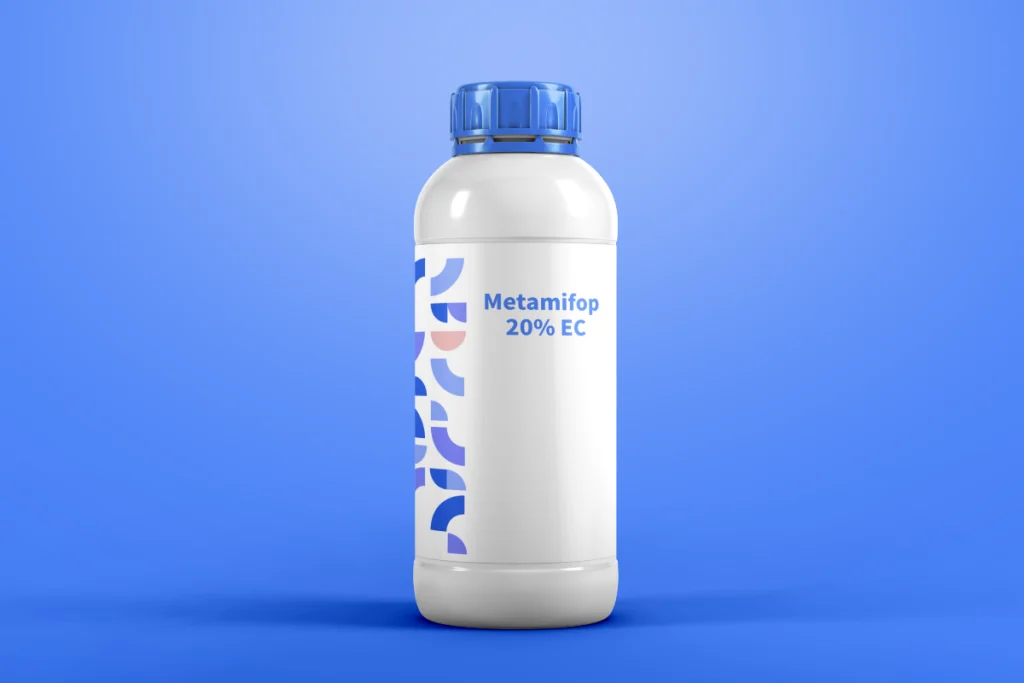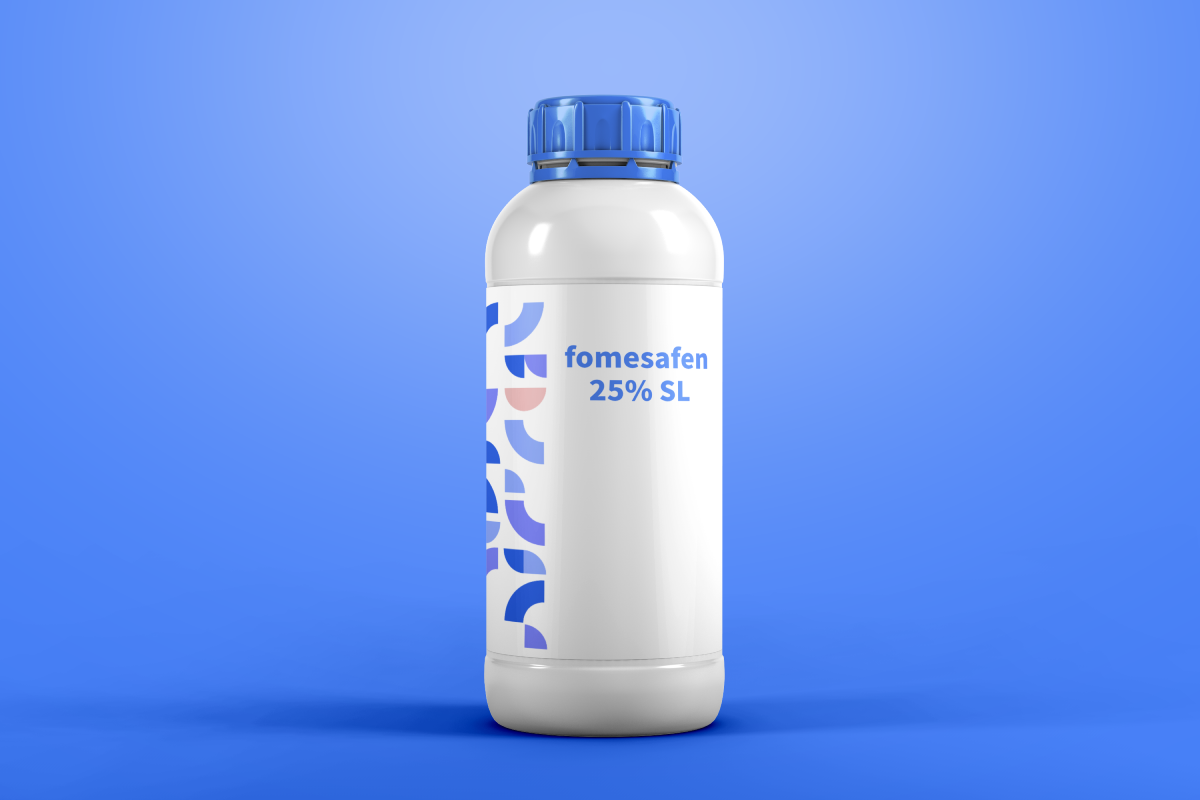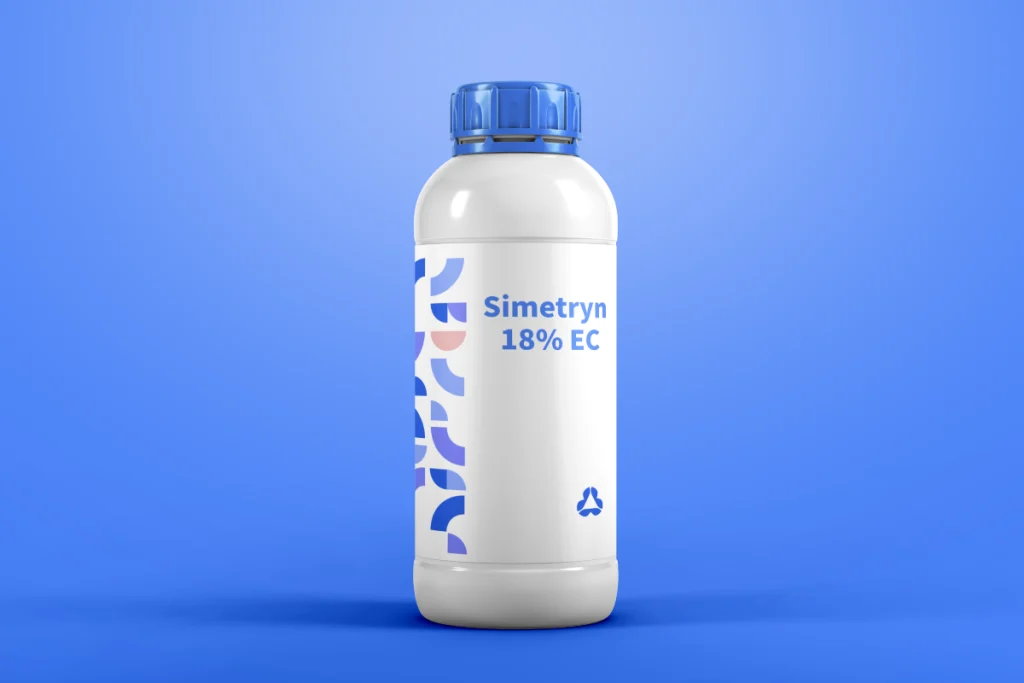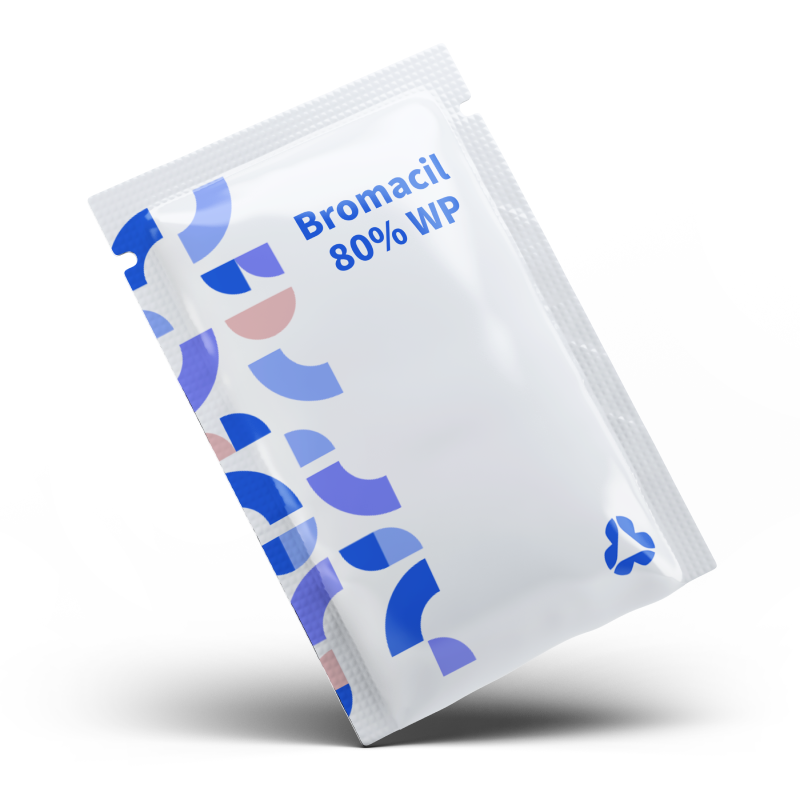Fomesafen, a selective systemic herbicide from the diphenylether family, is engineered for post-emergence control of broadleaf weeds in soybeans, peanuts, and cotton. As a protoporphyrinogen oxidase (PPO) inhibitor, it disrupts photosynthesis and membrane integrity in target plants, delivering rapid necrosis and long-lasting residual activity. Its single formulation (25% SL) simplifies application while maintaining versatility across diverse cropping systems.

Metamifop 20% EC, OD Herbicide | Selective Post-Emergence Grass Control
Metamifop 20% EC (Emulsifiable Concentrate) is a premium selective herbicide designed for post-emergent control of annual and perennial grassy weeds in rice, soybeans, cotton, and



